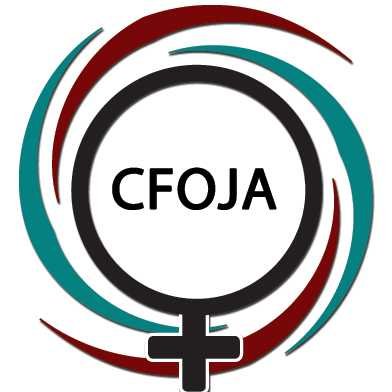
A woman or girl is killed every three days in Canada, with a total of 118 killed by violence in 2019, according to the latest report from the University of Guelph-led Canadian Femicide Observatory for Justice and Accountability (CFOJA).
The annual #CallItFemicide report provides statistics and insights into the killing of women and girls in Canada. Tracking cases of femicide – defined as the killing of women and girls, primarily but not exclusively by men – to understand its causes and consequences is the goal of CFOJA, an initiative of U of G’s Centre for the Study of Social and Legal Response to Violence headed by Prof. Myrna Dawson.
“While we’ve seen some significant transformations since the Montreal massacre in terms of legislation and policy change, it’s evident that we are still having the same discussions underscoring the need to prioritize changing stereotypes, attitudes and beliefs about violence against women and girls and femicide so that legislation and policy can make a difference,” said Dawson. “Right now, these changes are on paper more than on the ground.”
The second annual report found that nine of every 10 women killed in Canada last year had at least one child. Women aged 24-54 are over-represented in numbers of killings, and women over 65 are now over-represented as victims as well – a change from 2018.
 “We’ve identified particular groups of women and girls who are at risk of femicide, especially the increasing vulnerability of older women, which is concerning in a rapidly aging population,” said Dawson. “Are we set up to address the basic needs of these women, including keeping them safe from violence? This is a question we need to ask ourselves quickly.”
“We’ve identified particular groups of women and girls who are at risk of femicide, especially the increasing vulnerability of older women, which is concerning in a rapidly aging population,” said Dawson. “Are we set up to address the basic needs of these women, including keeping them safe from violence? This is a question we need to ask ourselves quickly.”
The highest rates of killing of women and girls by violence in Canada continues to be in Nunavut, followed by Yukon, Manitoba and Alberta. The lowest rates were in Nova Scotia, Quebec and Newfoundland and Labrador.
In total, 38 per cent of women and girls were killed in non-urban regions, including small towns as well as rural, remote and northern areas of the country.
“Indigenous women and girls continue to be over-represented among victims of femicide despite the increased attention to their marginalization and vulnerability in recent years,” said Dawson. “This means we need less talk and more action and a particular focus on the calls for justice identified in the final report of the MMIWG inquiry this past June.”
The report found 87 per cent of the primary accused person in the killings were male and 13 per cent female.
Where the nature of the relationship between the victim and the accused was known, 57 per cent of the primary victims in 2019 shared a current or former relationship with the accused – killings known as intimate partner femicide.
 Among those killings, 36 per cent were by shooting, 29 per cent by stabbing and 19 per cent by beatings. Cause of death information was missing in just over half of all cases, the report states.
Among those killings, 36 per cent were by shooting, 29 per cent by stabbing and 19 per cent by beatings. Cause of death information was missing in just over half of all cases, the report states.
“We continue to see the role of firearms in femicide particularly in non-urban areas,” said Dawson. “But the risk of firearms to women is glaringly absent from current discussions about firearms regulation and control, which focus on handguns and gangs. Long guns and rifles are a risk to women primarily from current or former male partners.”
The report looked at incidents involving males accused or convicted of killing a total of 431 women and girls between 2016 and 2019. The highest rates of such killings were in Nunavut over the four-year period, followed by Yukon and Saskatchewan.
The report also found over the four-year period, killings of women and girls in non-urban areas were 42 per cent, higher than in 2019 alone. Where information was known, shooting was the most common method of killing over the four years at 32 per cent, slightly lower than in 2019.
Where the victim-accused relationship was known, a slightly lower proportion (53 per cent) was intimate partner femicide during the four years than in 2019 (57 per cent), and a higher proportion was acquaintance and stranger femicide.
More than half (55 per cent) of women and girls were killed in their own home or the home they shared with the accused.
The U of G project is the first of its kind in Canada and was created to fill a gap in Canada’s tracking and monitoring of femicide rates. The CFOJA was established after a call for action from the UN’s Human Rights Office of the High Commissioner Special Rapporteur on violence against women.
“Accurately documenting femicide and violence against women requires a shift in how we conceptualize data collection and measurement so that it reflects violence prevention rather than purely administrative needs,” said Dawson. “Currently, the lives of women and girls are at risk because we are not collecting the right information or we aren’t making the minimal information we have available to those who can use it for prevention.”
Contact:
Prof. Myrna Dawson
cfoja@uoguelph.ca
mdawson@uoguelph.ca